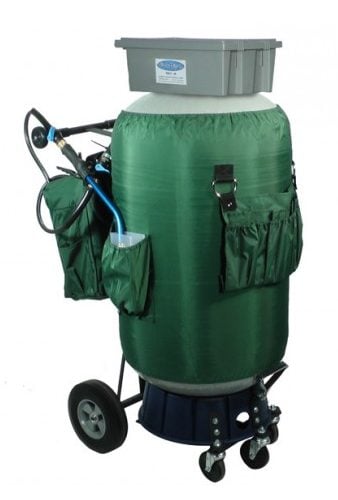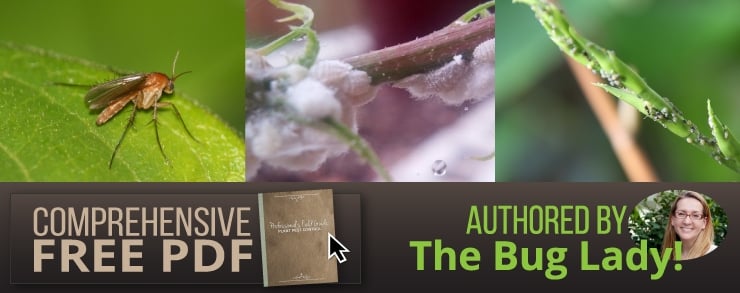5 Expert Tips for Easy Atrium Maintenance

For an interiorscaper, adding a large indoor atrium to your portfolio can be exciting—massive trees, water features, and rows of lush foliage are impressive. However, acquiring an atrium account can also be overwhelming, especially for a young interiorscape service that has primarily dealt with potted plants. Similar to moving up from the minor to major league, atrium maintenance is a whole other ballgame with its own unique pressures. Below are some helpful tips to simplify your care routine.
Mastering and Optimizing Irrigation
I found dealing with irrigation to be the most difficult transition to atrium work. Rain Bird, Waterwell, and Hunter are a few drip irrigation systems I’ve worked with. Now, there are even more choices, some with smart features and the ability to connect to devices like Alexa.
With irrigation, the priority is to learn the control system, regardless of the brand your client uses. Luckily, with resources such as YouTube, there’s likely a demonstration video explaining the various features. Once you learn how to operate the irrigation system, you can customize the running times and days to suit your needs.
A monthly or quarterly irrigation inspection is critical for atrium maintenance. Drip lines crack and connections break. I’ve even discovered broken lines spraying pools of water onto walkways—a personal injury lawyer’s dream. Besides a potential lawsuit, irrigation checks protect you from expensive foliage replacement and bad or damaged lines that can create pockets of water in the soil, resulting in dropping leaves and areas of yellowing.
Alternatively, if the atrium you are servicing does not have an irrigation system, it may be time to invest in a watering machine. Utilizing watering machines for medium to large-sized accounts, such as accounts with atriums, will reduce service time, minimize spills in high-traffic areas, and lower the risk of injury to your plant technicians because of repetitive stress.
Inspecting for Pests and Disease
Maintaining the appearance of an atrium requires weekly or bi-weekly pest inspections. Unlike potted plants, which are spaced apart, atrium plants often share the same soil, creating an ideal environment for pests and diseases to thrive. During inspections, look carefully for signs of pests, such as mealybugs beneath leaves and mites on delicate foliage, as well as shiny, sticky areas that indicate scaling. Pest control procrastination can turn a dream atrium account into a nightmare, but these preventive measures can stop massive foliage loss, save gallons of chemicals, and decrease extra labor costs.
Managing Growth
During routine maintenance, one of the biggest challenges is keeping plants contained. For instance, pothos can quickly outgrow its planter and trail onto walkways within a week. I’ve seen many atriums turn into tropical disasters because of improper trimming. I’ve also dealt with dangerous situations, pruning ficus trees over three stories tall, with massive branches bending against glass ceiling tiles. Effective maintenance is crucial for a thriving atrium, and a technician who pays attention to detail, has the proper equipment, and is committed to putting in consistent effort is critical.
Fertilizing Effectively
Due to the high light exposure in atriums, plants may require fertilizer applications every quarter or more. Light promotes rapid growth, but it can also stress foliage if the soil lacks essential nutrients. Pale leaves often indicate low nutrient levels, and dark-leafed plants, such as Rhapis Palms, may turn neon or lime green when deficient. Adding in a general tropical plant fertilizer or a slow-release product such as Osmocote is vital for plant health. If there’s no improvement in leaf color within a few months, consider switching to a fertilizer tailored to each plant variety.
Analyzing Soil
Performing thorough checks of plant beds can prevent serious problems in the future. Using a soil probe in multiple areas will help determine moisture levels—a wet area may signal a cracked line, while a dry spot could indicate a clog. Both oversaturation and dryness can kill plants quickly.
Testing soil samples to determine the pH and nutrient levels is equally important as monitoring moisture levels. Test kits typically list the optimal pH levels for various tropical plants and can often be purchased at local garden centers, making chemical adjustments relatively easy.
In one severe case, where I had extensive areas of dying plants, I sent a soil sample to a professional lab. Their analysis revealed that a salt-based disinfectant spray had destroyed most of the nitrogen in the plant bed soil. Without nitrogen, the roots were rapidly dying, and the leaves had turned black, almost as if burned. A professional soil analysis helped me save the foliage, enabling my client to shift the cost of plant replacement to the disinfectant company rather than attributing the damage to my horticulture skills.
Maintaining an indoor atrium can seem like a massive undertaking, intimidating many interiorscapers. However, providing your plant technician with these atrium maintenance tips will ensure your clients’ plants remain vibrant and healthy for years to come, even if you’re just venturing into the business.
You May Also Like
Leave a Reply
You must be logged in to post a comment.





















